When looking at an online business to acquire, your first glance to the price tag. But an experienced business buyer will look at the price and then immediately think about a deal structure that could hit that price while making all parties happy.
In acquisitions greater than $200,000 dollars, it’s rare to see an entirely cash deal. Instead, savvy buyers use a variety of deal structures including seller financing, earnouts, and hold outs.
Earnouts have become more popular in online business sales recently to incentivize both parties to make the acquisition a success.
Due Diligence Services
These firms rely on our M&A expertise



These firms rely on our M&A expertise...



Hire our team to conduct due diligence on your online business acquisition.
Get a 20-page due diligence report jam-packed with insights.
View all services, or choose your business type below:
What is an Earnout
Earnouts are a deal structure where a portion of the purchase price is dependent on the performance of the purchased company.
An example earnout structure would be:
Example: $1,000,000 cash up-front + an additional $300,000 if revenue grows 25% or more in the year following the acquisition.
Buyers like to include earnouts in the deal as it gives the seller “skin in the game”. With an earnout, the seller is financially motivated to help the buyer and the business continue to succeed.
For sellers, earnouts can be lucrative if the business continues performing well. However, they are riskier than other deal structures such as seller-financing. Seller-financing is a guaranteed amount to the seller of the business while an earnout is unknown.
Why Should You Use an Earnout in Online Business Acquisitions
Earnouts help to satisfy price expectations for a seller while also giving buyer confidence in the acquisition. Earnouts are commonly used in rapidly growing companies and companies without a long history of operation.
If a business is rapidly growing and expected to continue growing, oftentimes a seller will want a high multiple to reflect that growth. At the same time, it’s risky to pay a large amount based on recent growth.
In this case, an earnout is useful to give the seller more money if the business hits its growth targets.
Earnouts are also used to incentivize the seller to help the new buyer and the business continue to succeed. A common problem when acquiring a business is the seller will “walk away” once the transaction is done and finalized.
While the Asset Purchase Agreement normally mandates some level of support from the seller to the buyer, in practice this is rarely used.
In an earnout situation, however, the seller has a strong financial incentive to help the buyer succeed with the business acquisition.
Advantages and Disadvantages of an Earnout
An earnout is typically advantageous for a buyer because the buyer only has to pay more money if the business grows. However, there are multiple advantages and disadvantages for both parties.
Advantages of Earnouts
One major advantage of using earnouts is that they directly tie the purchase price to the success of the company. If the company doesn’t perform well, you don’t have to pay the earnout.
For sellers, if the company starts exceeding expectations, the seller gets paid more money because of it. Earnouts can help sellers hit their price targets in mind for their business and help align incentives between the buyer and seller well.
Disadvantages of Earnouts
However, this comes with the biggest disadvantage.
An earnout is not guaranteed money. It’s purely dependent on the performance of the business.
The most common issue with an earnout is that a seller will have no control over the business post-acquisition. This could lead to the buyer mismanaging it leading to the business declining and subsequently losing the earnout.
Imagine a buyer of an e-commerce business who frequently stocks out of his top-selling product. Because of the loss of sales from this, the earnout thresholds aren’t hit.
The seller had no control over the inventory and couldn’t do anything about it. But as a result, they miss out on the earnout because of the buyer.
When thinking about an earnout, you have to truly vet the buyer and make sure that they know what they’re doing and are capable of managing the business. Essentially, it’s a partnership and you’re relying on the buyer to appropriately manage the business for you.
While there are ways to structure the earnout to protect yourself against mismanagement, if you do not have confidence in the buyer to manage your business, you shouldn’t accept an earnout clause.
3 Components To Earnout Structures
The earnout structure is incredibly important to ensure that the buyer and seller are aligned.
As a buyer, you want to tie earnout performance to the success of the business. As the seller, you want to protect yourself against mis-management and make sure the business can hit the targets in order for you to get paid.
There are three core components of a deal structure with an earnout.
- Cash Upfront
- Earnout KPIs
- Timeline and Payment Schedules
1. Cash Upfront
The cash upfront is the guaranteed money to the seller of the business. It should be enough that the seller is satisfied but still financially incentivized to hit the earnout expectations.
Generally, I’ve seen cash upfront be 50 – 70% of the overall purchase price of the business. Generally, the larger the acquisition, the more cash will be tied to the earnout instead of guaranteed cash up front.
2. Earnout KPIs
The earnout key performance indicators are the most important part of determining an earnout. These should be easily measurable, specific, and attainable to give the seller a chance to receive the full earnout.
The most common KPIs are revenue or net profit.
Revenue is useful as it is a clear metric and very hard to fake or interfere with. However, pushing for a larger revenue goal can lead to lower profit margins for the buyer.
Buyers tend to prefer an earnout based on net profit or the EBITDA of an online business.
However, this is incredibly difficult to structure due to the variability in expenses. If a buyer decides to spend an additional 10% of revenue on a new marketing channel, net profit will go down but overall revenue could go up.
Personally, I think earnouts based on EBITDA give too much control to the buyer. While not common, buyers can stuff expenses and artificially lower EBITDA to avoid having to pay the earnout.
3. Timeline and Payments
Deciding on a timeline for an earnout is important as well. It should be long enough to give the buyer time to grow the business while also short enough to allow the seller to capitalize on the earnout money.
The timeline for most earnouts is 1 to 5 years. Generally, the length of the earnout period will increase the larger the transaction size. For sub $1,000,000 priced businesses, the earnout period is typically 1 – 2 years.
It’s also important to determine when the earnout will be paid if the thresholds are met. Normally, this would be 30 – 60 days after the earnout is met. This is important because as a seller, you want the money as soon as possible.
What Happens in the Event of Default?
Let’s say you successfully sold your business one year ago and you had an earnout clause based on revenue growth. Now, the business hasn’t hit the earnout target. What now?
First of all, dealing with missed targets should be in the initial contract and this is where the bulk of negotiations can take place.
An earnout should almost never be an all or nothing target. Take the below example:
The seller will receive an additional $300,000 if the business revenue grows 20%+ year over year. The year passed and at the end of the year, the revenue grew 19%.
In this scenario, the seller would receive nothing – despite the business growing significantly. One solution to this is to tie revenue growth to the earnout.
An ideal earnout example is below:
- If revenue grows 0 to 10% year over year, the seller receives $100,000.
- If revenue grows 10 – 20% year over year, the seller receives $200,000.
- If revenue grows 20%+ year over year, the seller receives $300,000.
This allows the earnout amount to scale with the revenue growth of the business.
You should also have a clause about business decisions in the earnout. In e-commerce, it’s common to mandate that the buyer must maintain inventory levels on the top products and prevent stockouts to the best of their ability.
Tax Treatment of Earnouts
Earnouts are either deemed part of the purchase price or compensation to the seller for services rendered.
It is abnormal to have the earnout be compensation to the seller. If this structure is used, the earnout would be subject to income and payroll taxes.
The most common structure for earnouts is part of the purchase price. Because of this, it is taxed at the capital gains rate. The seller will be responsible for paying taxes on the earnout amount in the financial year that it is paid to the seller.
Normally taxes are determined based on the maximum possible earnout value.
In this structure, the seller would use the installment sale method and pay taxes proportionally on each payment. They would pay capital gains tax on the cash up front and pay tax on the earnout as well. This spreads out the tax liability according to the payments.
Due Diligence Services
These firms rely on our M&A expertise



These firms rely on our M&A expertise...



Hire our team to conduct due diligence on your online business acquisition.
Get a 20-page due diligence report jam-packed with insights.
View all services, or choose your business type below:











